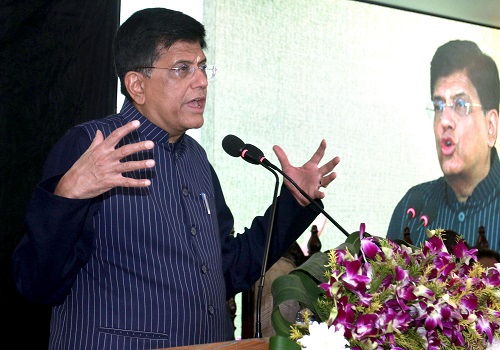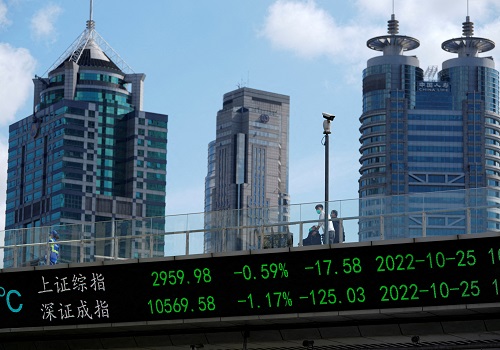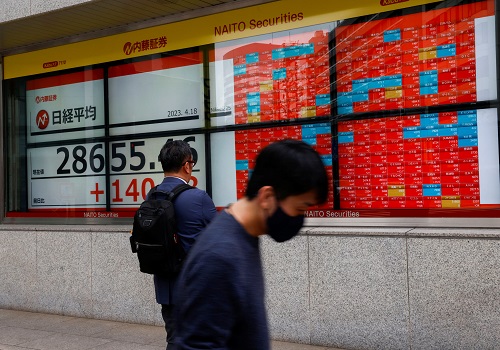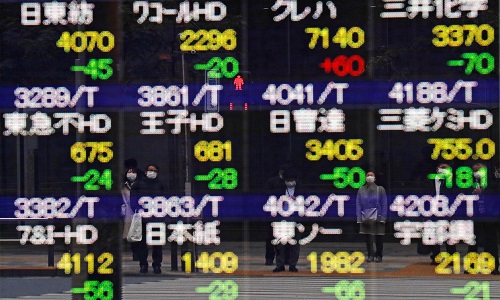Asia stocks rise, markets ready for central bank parade
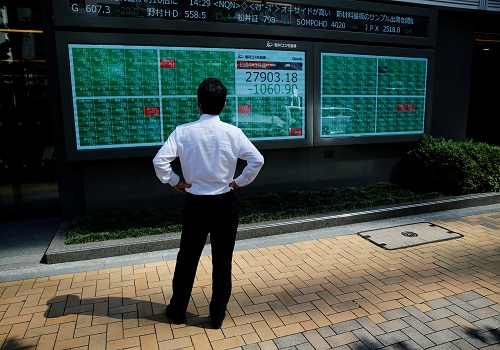
Follow us Now on Telegram ! Get daily 10 - 12 important updates on Business, Finance and Investment. Join our Telegram Channel
By Wayne Cole
SYDNEY - Asian stocks pushed ahead on Monday with investors seemingly confident markets can weather whatever comes from a host of central bank meetings this week, including the likely early end to U.S. policy stimulus.
Omicron remained a concern with British Prime Minster Boris Johnson warning of a "tidal wave" of new cases of the variant, but again markets are counting on vaccines to limit the economic fallout.
The Federal Reserve is widely expected to signal a faster tapering of asset buying this week, and thus an earlier start to rate hikes. It will also update the dot plots for rates over the next couple of years.
The market is already well ahead, with a rise to 0.25% fully priced in by May and rates of 0.75% by year end.
Also meeting are the European Central Bank, the Bank of England and the Bank of Japan and all are heading toward normalising policy at their own, often glacial, pace.
The market's measured reaction to Friday's U.S. inflation report suggests much is already priced in on policy, though with so many meetings there is the risk of a surprise or two.
"The outlook of global monetary policy in transition across multiple geographies at varying speeds is a recipe for volatility, and one could argue so are increased risks around the virus," said John Briggs, global head of desk strategy at NatWest Markets.
"All the noise and cross-currents means volatility is the most likely outcome."
MSCI's broadest index of Asia-Pacific shares outside Japan added 0.8%, after bouncing 1.7% last week.
Japan's Nikkei rose 1.0%, as a survey of large manufacturers found sentiment was the best since late 2018.
Chinese stocks added 1.4% to last week's 3.1% jump amid hopes for more stimulus after Beijing's recent loosening of bank reserve requirements.
Wall Street also looked to extend its gains with Nasdaq futures and S&P 500 futures both up 0.4%. EUROSTOXX 50 futures rose 0.5% and FTSE futures 0.3%.
The Treasury market has taken the risk of earlier Fed hikes with equanimity, perhaps in the belief that it will mean lower inflation over the long run and a lower peak for the cash rate.
Yields on 10-year notes did rise 12 basis points last week, but at 1.49% remain well below the high for the year at 1.776%. [US/]
The prospect of a more aggressive Fed has been supportive of the U.S. dollar, though it has flattened out in recent days.
"We think the bar for a hawkish surprise from the Fed is set high, so unless it delivers a major revision to its forward guidance, the dollar rally looks due a pause," said Jonathan Petersen, a market economist at Capital Economics.
"That said, there is scope for the greenback to appreciate further over the course of next year."
On Monday, the dollar index was firm at 96.139, having held between 95.848 and 96.594 for the past week or so.
The dollar was a shade firmer on the yen at 113.54 but faced resistance at 113.95, while the euro dipped to $1.1305 having spent the last two weeks in a tight $1.1226/$1.1382 range. [USD/]
In commodity markets, gold was busy going nowhere at $1,786 an ounce after gaining only fleeting support from the lofty U.S. inflation reading.
Oil prices extended their bounce, having broken a six-week losing streak with gains of around 8% last week. [O/R]
Brent climbed 82 cents early Monday to $75.97 a barrel, while U.S. crude added 89 cents to $72.56.
(Editing by Lincoln Feast.)














